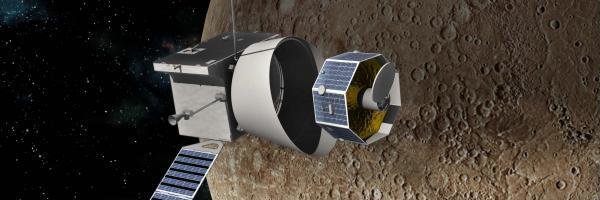Comet 67P/Churyumov-Gerasimenko has reached its closest point to the Sun for the first time since the end of the Rosetta mission and is currently very close to Earth. In this interview, MPS scientists Dr. Holger Sierks and Dr. Carsten Güttler talk about a return to the Rosetta comet, comet simulations in the lab and calibrating 70,000 images.


